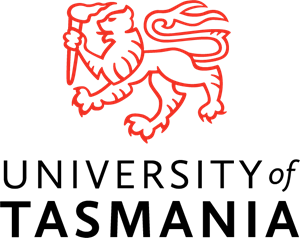The accredited professional education provided by the Master of Architecture degree equips graduates with the required competencies to become core members of the architectural profession, working in firms and organisations involved in the definition, design, realisation, and stewardship of buildings, urban spaces, interiors, and the broader built environment.
More broadly, the lateral problem-solving skills and creative powers developed through the degree including design thinking, spatial intelligence, visual literacy, digital fluency, and effective communication skills are highly transferable and resistant to automation, empowering graduates to navigate a future economic landscape disrupted by technology. Ultimately, it is the values of critical thinking, civic responsibility, ecological consciousness, and aesthetic imagination instilled through our architectural education that furnish the fundamental capacity for reshaping the world for the better.
Graduates of the Master of Architecture degree are globally mobile, equipped to embark on stimulating careers across industries and fields both established and emerging, often located at the intersection of design and the environment. These include:
- Architectural design and construction
- Interiors and environmental branding
- Lighting and acoustic design
- Scenography and production design
- Heritage preservation and adaptive reuse
- Urban design and planning
- Placemaking and community advocacy
- Humanitarian architecture and post-disaster reconstruction
- Forensic architecture and urban activism
- Property and urban development
- Management consultancy and strategic planning
- Building products and construction systems
- Healthcare architecture and therapeutic environments
- Sustainability design and assessment
- Project and facility management
- Architectural photography and criticism
- Design curation and writing
- Architectural education and research
Professional Recognition
The Master of Architecture degree is recognised and accredited by the Board of Architects of Tasmania, and the Architects Accreditation Council of Australia.
Students who complete the Master of Architecture satisfy the academic requirements for registration as an architect in Australia. After a period of relevant professional experience and satisfactory completion of the national Architectural Practice Examination, graduates are eligible to apply for registration under the applicable Australian State and Territory Architect Registration Boards.
Our programs are also accredited in New Zealand, the USA, Canada, Japan, Singapore and Malaysia.
The Master of Architecture degree is recognised by the Australian Institute of Architects (AIA), the professional body representing architects in Australia, as fulfilling the academic requirements for full membership. Recognition by the AIA offers opportunities for international recognition of the professional qualification.
